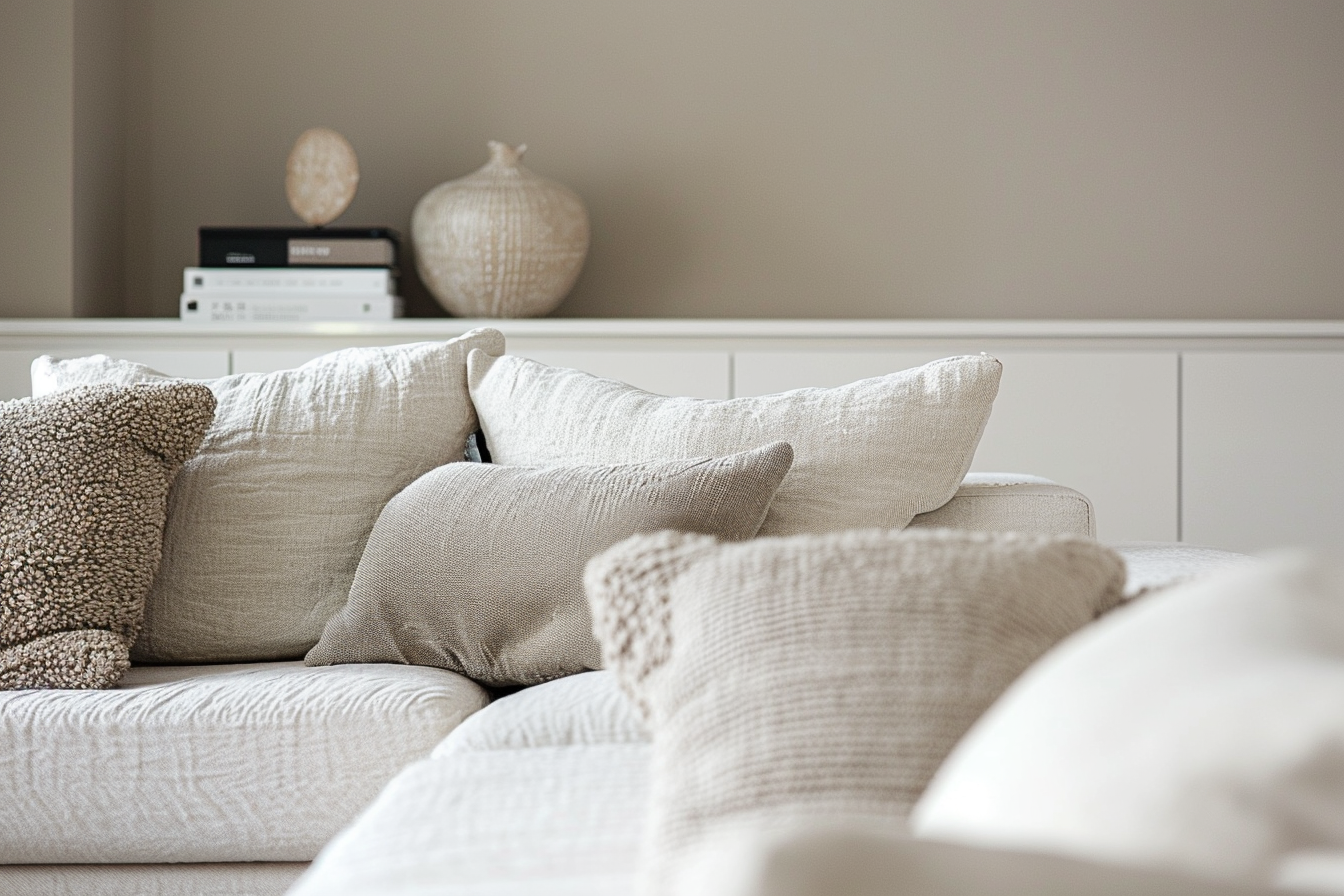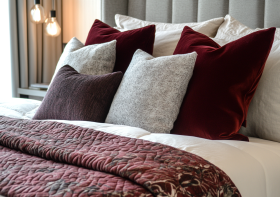Embracing Simplicity in Home Design
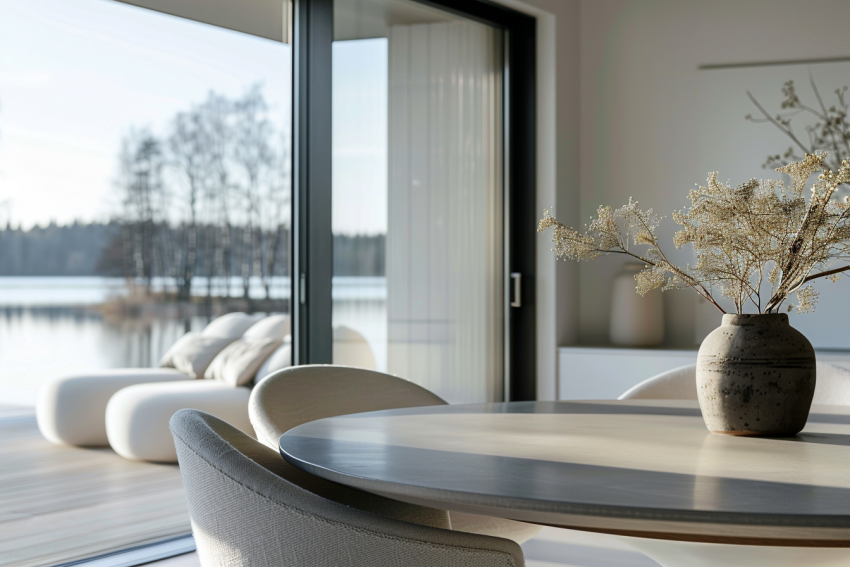
Minimalism in interior design is more than just an aesthetic choice—it’s a lifestyle decision that encourages less clutter, more space, and a clearer mind. Rooted in the philosophy of “less is more,” minimalist living involves stripping away the non-essential items in our lives to focus on what truly matters. This blog post delves into the philosophy and practicality of minimalist design, offering tips on how to declutter and simplify your spaces for a more mindful lifestyle.
Understand the Philosophy of Minimalism
Minimalism is all about intentionality. It involves reducing excess and living with items that provide value and joy. This philosophy extends beyond physical items to also include an intentional approach to life itself, focusing on experiences and relationships over possessions. By adopting a minimalist approach, you can create a tranquil, less chaotic home that reflects a more relaxed and focused lifestyle.
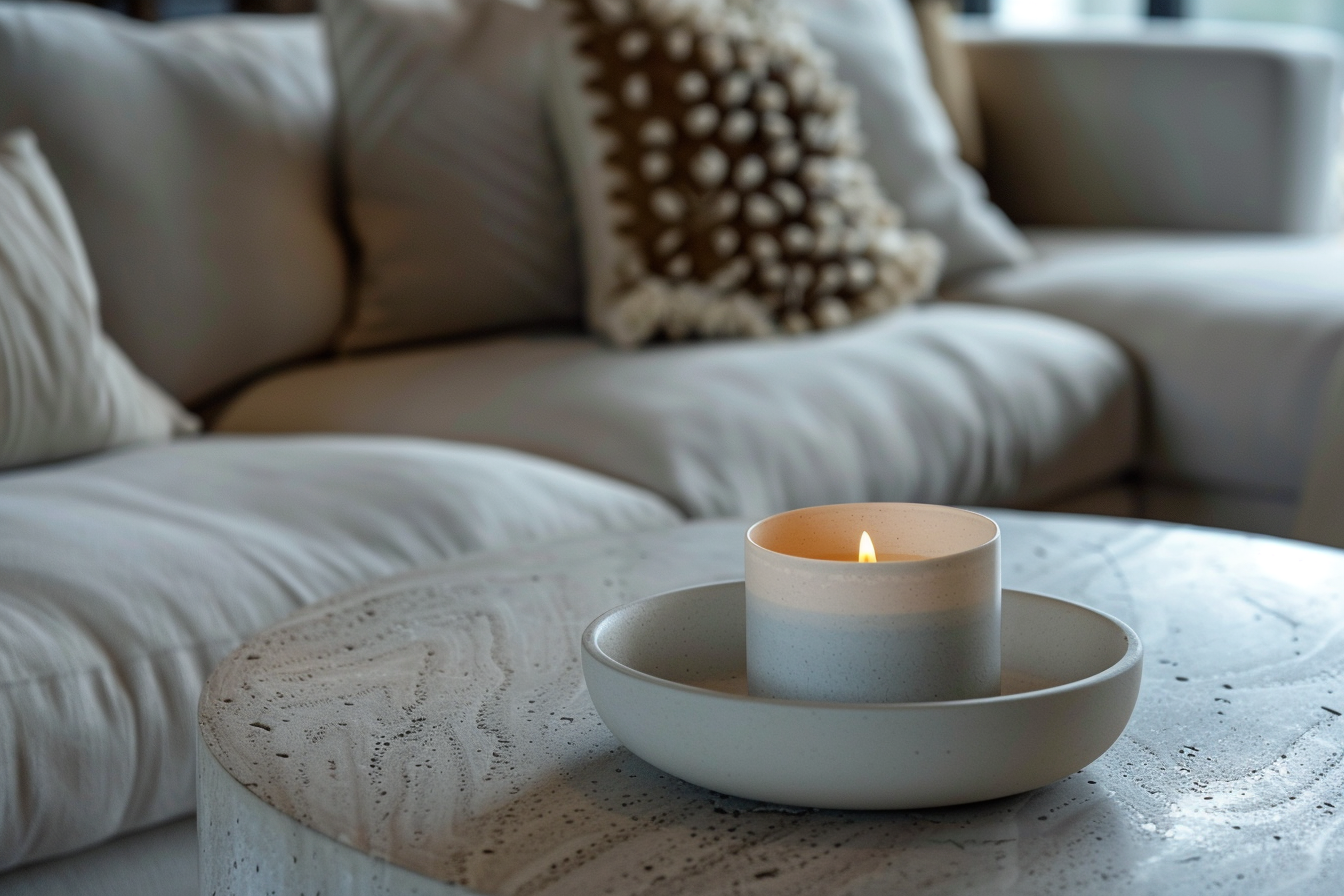
Declutter Strategically
The first step in embracing minimalist design is to declutter your home. This can feel overwhelming, so it’s important to start small—tackle one room, or even one drawer, at a time. Ask yourself if each item is useful or brings you joy. If the answer is no, consider donating, selling, or recycling it. Be ruthless but thoughtful with your choices, keeping only what you truly need or love.
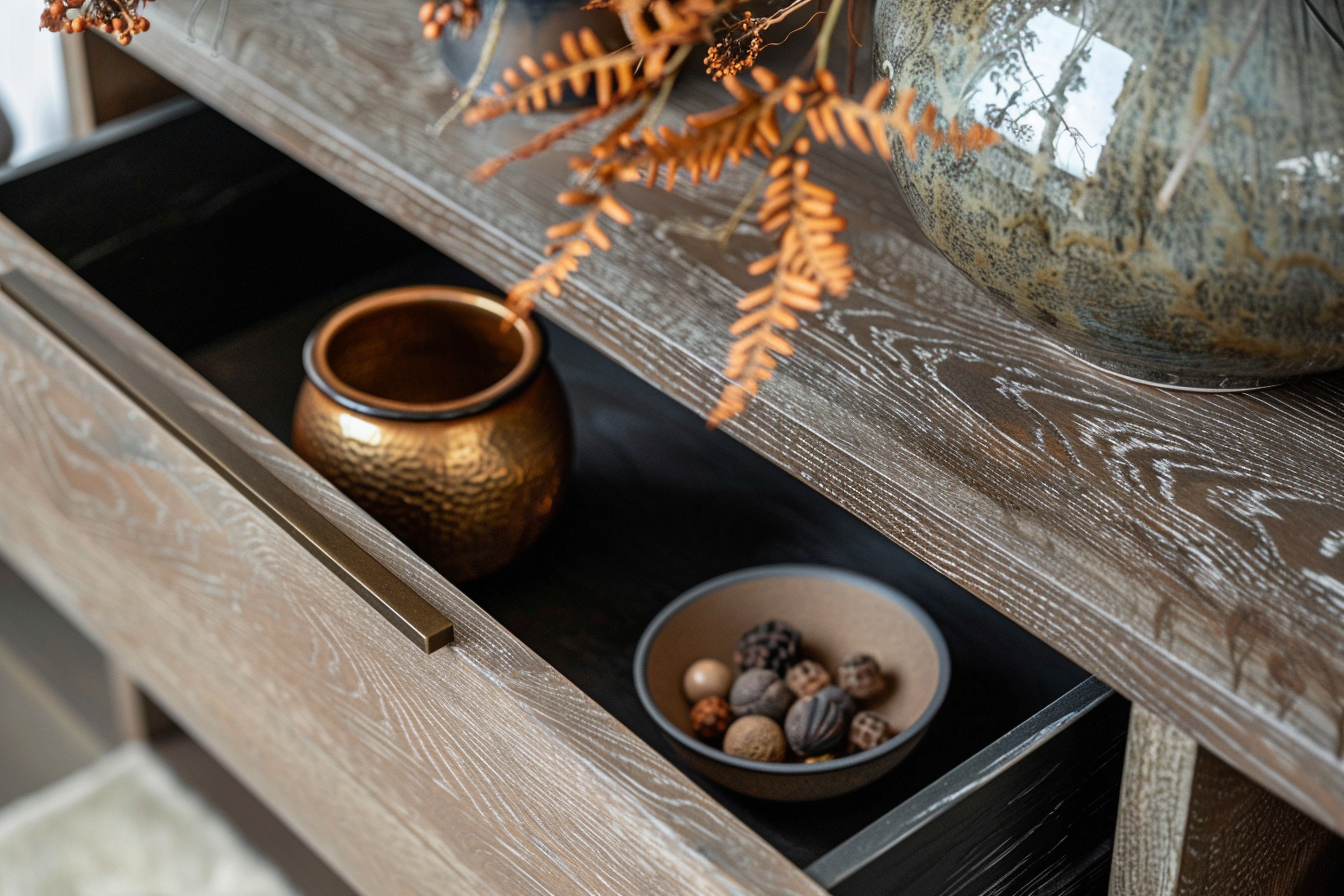
Choose Quality Over Quantity
Minimalist living doesn’t mean living without—it means living better with less. Invest in high-quality items that will last longer and provide more satisfaction every day. This principle applies to everything from furniture and appliances to clothing and personal items. Quality pieces not only look better but are also often more sustainable, as they need to be replaced less frequently.
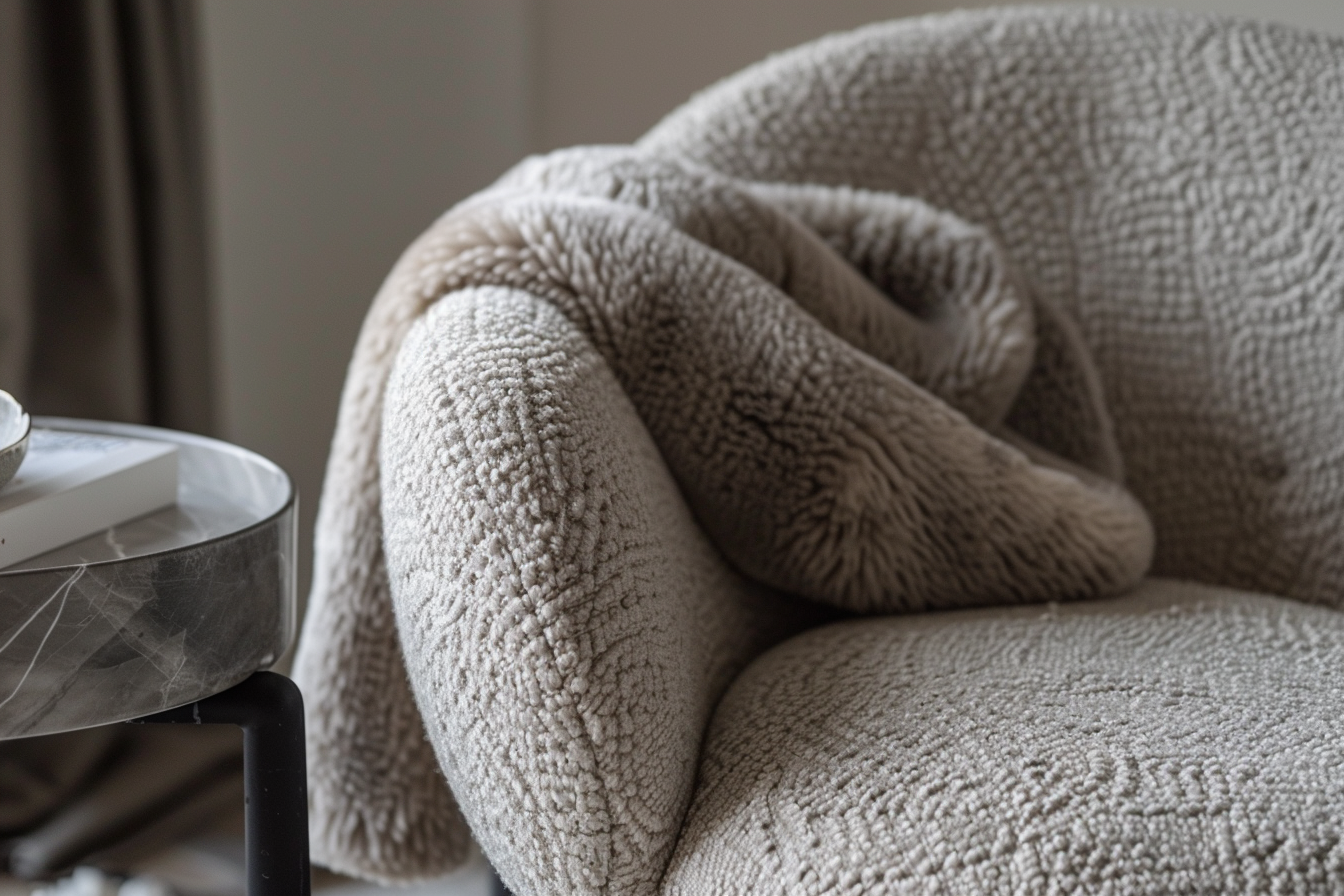
Opt for a Neutral Color Palette
One hallmark of minimalist design is a clean, neutral color palette that provides a calm and uncluttered look. Whites, beiges, grays, and earth tones are typical colors that can make spaces appear larger and more open. These colors also have a timeless quality, ensuring your home never feels out of date.
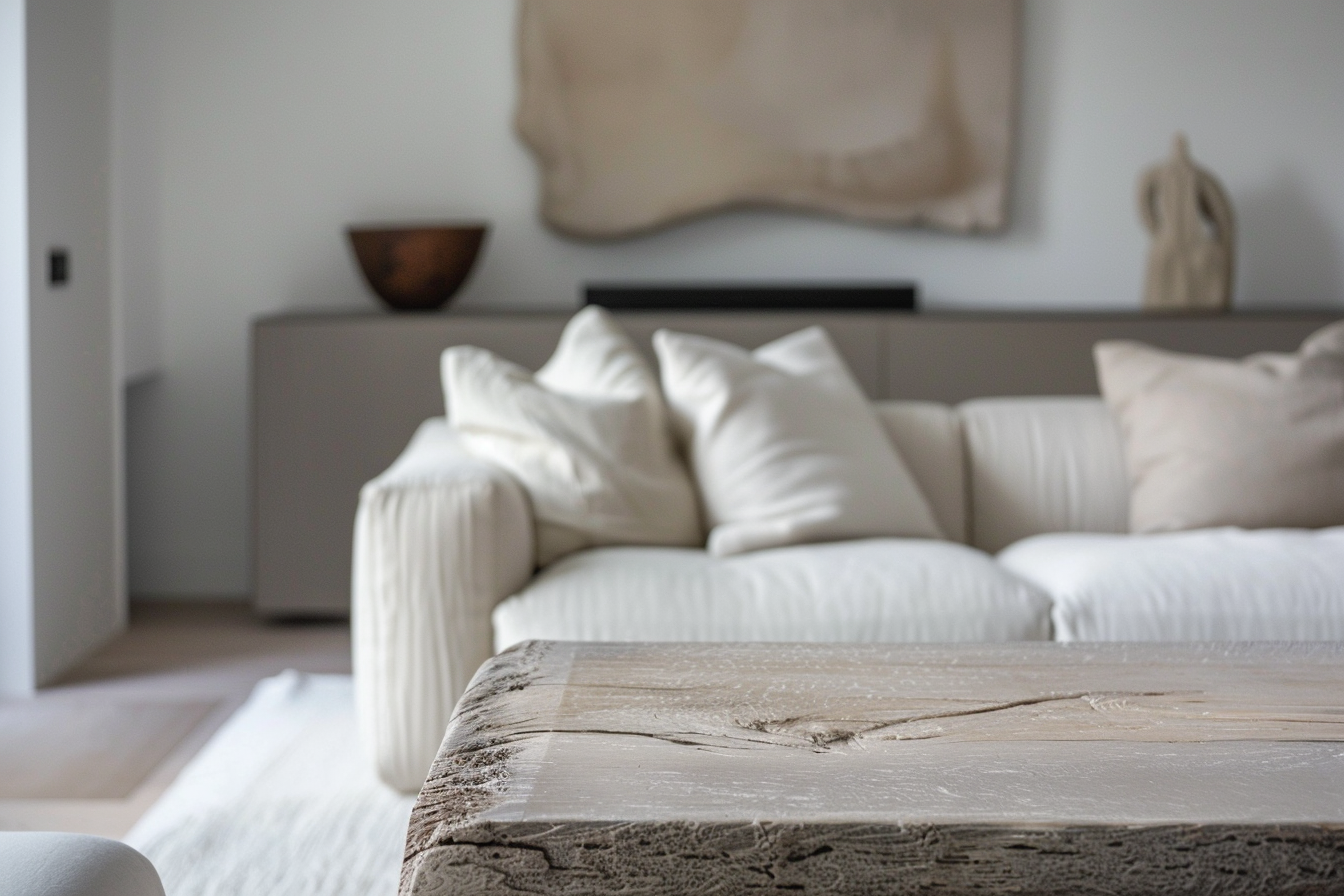
Emphasize Open Space and Natural Light
Minimalism thrives in open, airy spaces. Arrange your furniture to maximize open space, promoting a sense of tranquility and freedom. Whenever possible, allow plenty of natural light to enter your home. This not only makes rooms look bigger but also brings the inherent beauty and calming qualities of natural light into your living spaces.
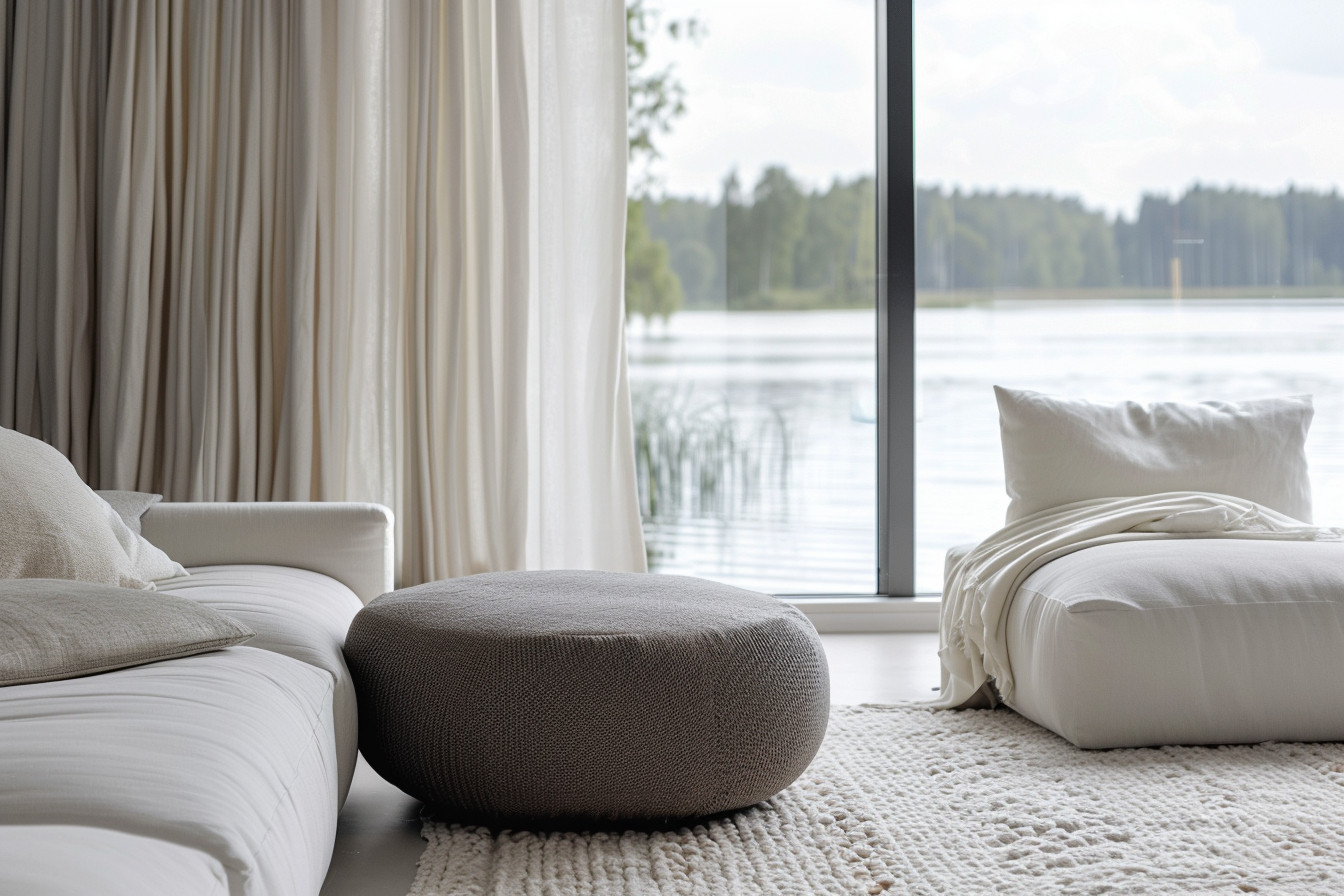
Keep Decorations to a Minimum
In minimalist interior design, less is definitely more when it comes to decoration. Choose a few key pieces of artwork or decor that really speak to you and contribute positively to the space’s ambiance. The idea is to let each piece stand out and command more attention, which can be diluted when too many items vie for your attention.
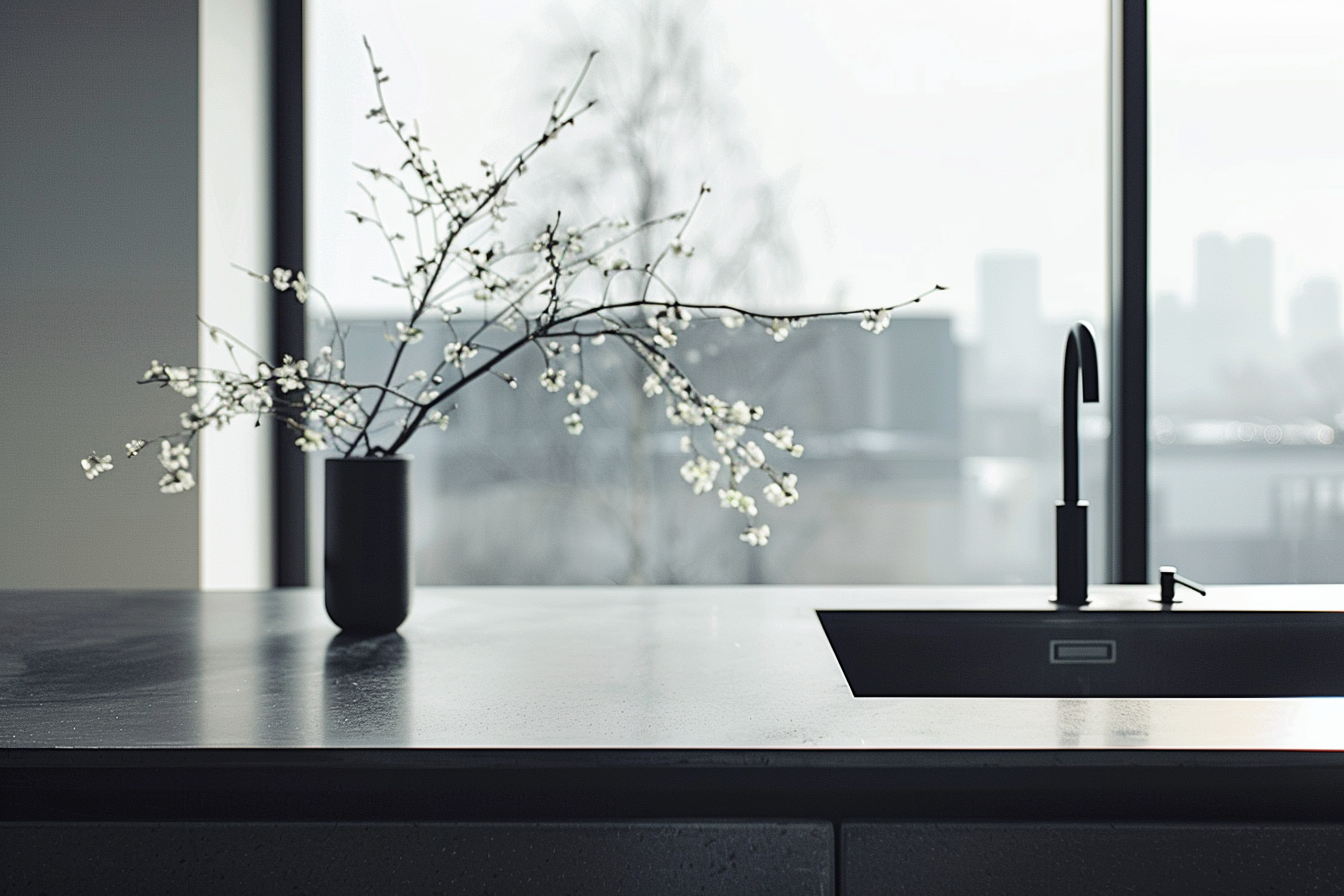
Implement Smart Storage Solutions
To maintain a clutter-free home, smart storage solutions are key. Opt for furniture that doubles as storage, like beds with drawers underneath or coffee tables with hidden compartments. This helps keep everyday items out of sight but easily accessible, maintaining the clean lines and uncluttered look that is central to minimalist design.
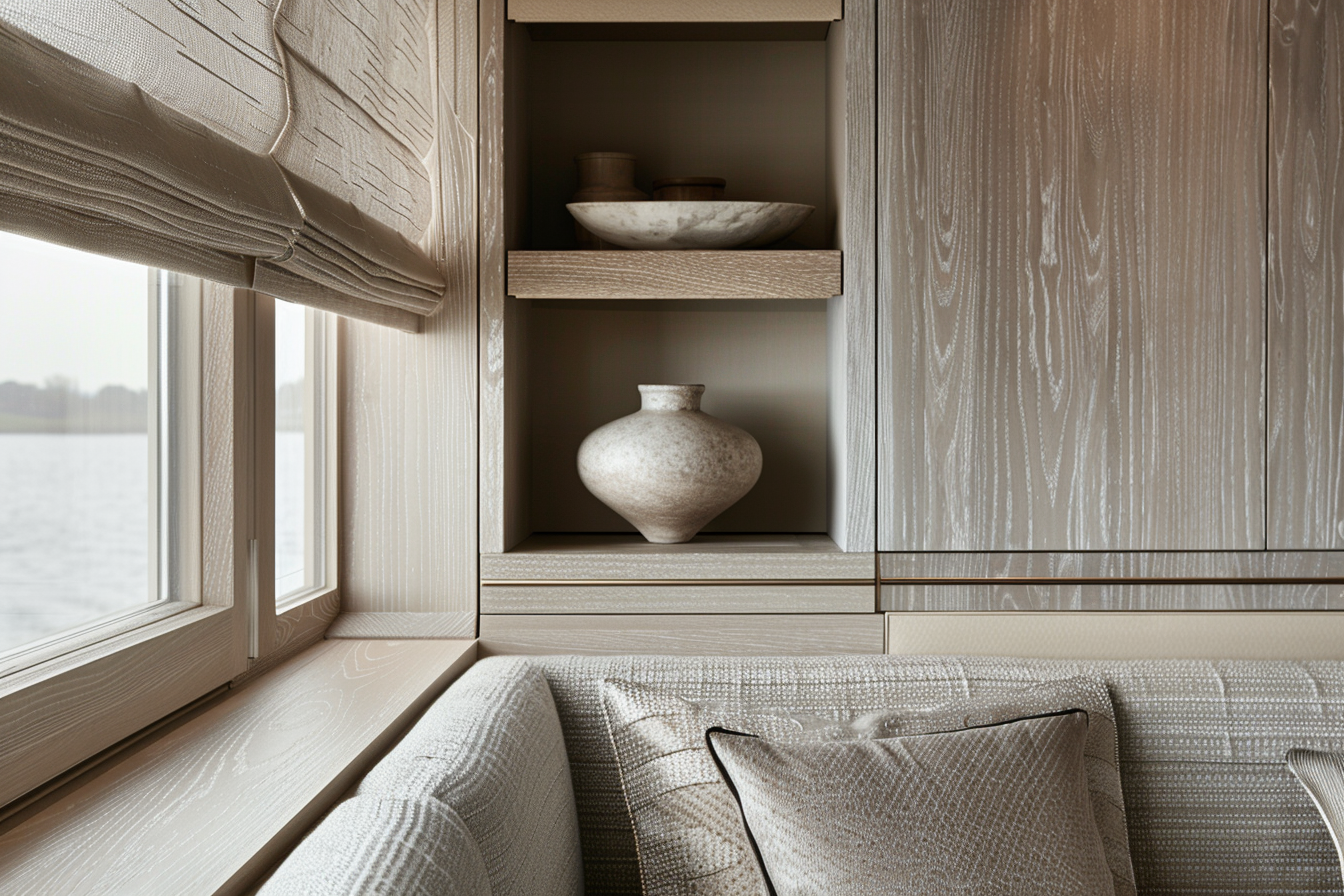
Regularly Reassess Your Space
Minimalist living is an ongoing process. Regularly reassess your space and belongings to ensure everything you own continues to serve a purpose or bring you joy. This continual reassessment helps prevent clutter from creeping back into your home and keeps your living space aligned with your minimalist goals.
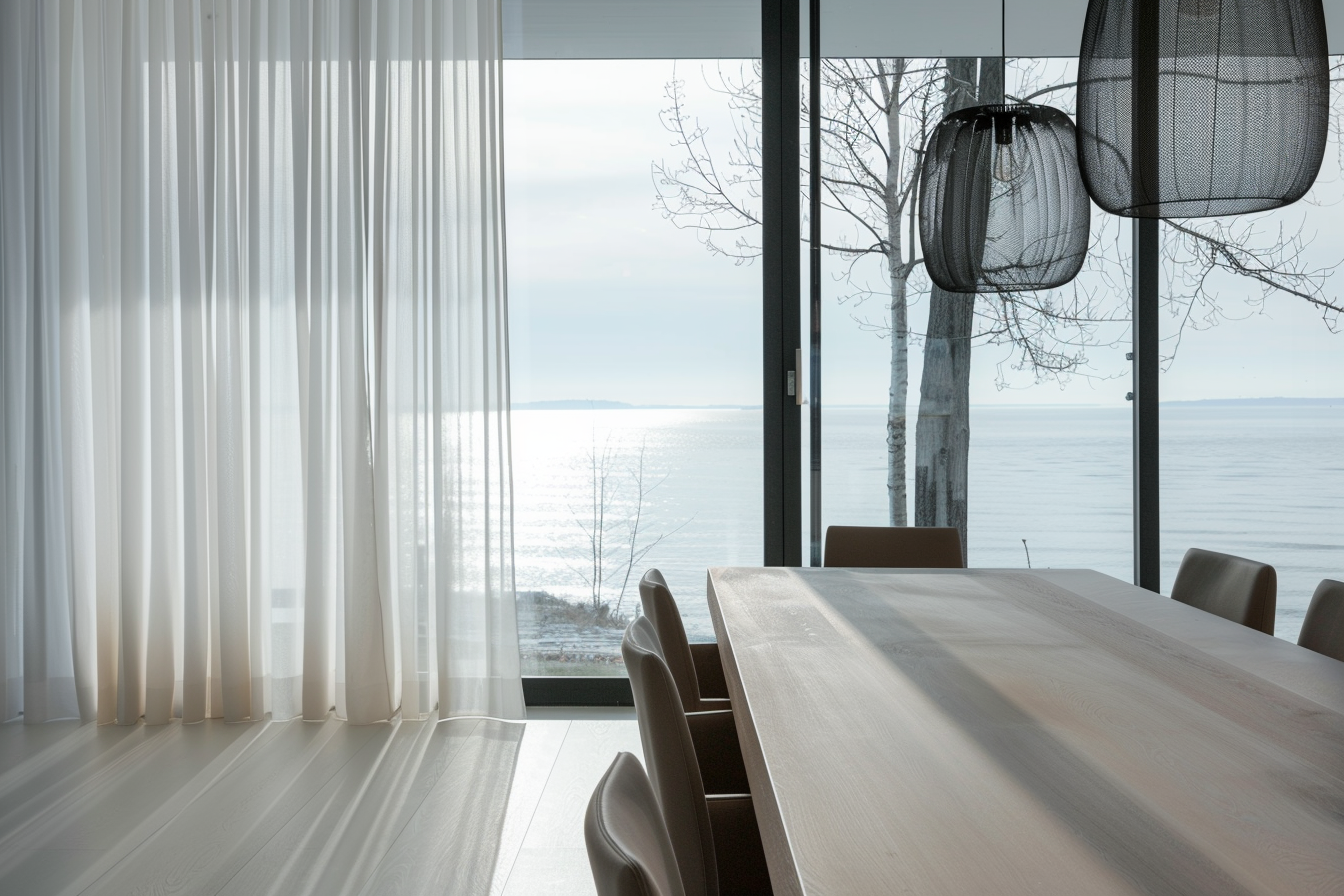
Adopting minimalist living through interior design is a transformative journey that can lead to a more peaceful and purposeful way of life. By decluttering your environment and choosing simplicity and quality over quantity, you create a home that is not only aesthetically pleasing but also promotes a healthier, more mindful lifestyle. Embrace the principles of minimalism and watch as your home and life transform into a more focused and serene existence.
To deepen your understanding of crafting unique and personalized spaces, consider acquiring my book, Basics of interior design, available on Amazon. This guide offers a comprehensive exploration of various design principles tailored to distinct environments, providing you with the knowledge and inspiration needed to transform any space. If you want to learn more about different design styles in Interior design, buy my book 20 styles of Interior design from Amazon.
